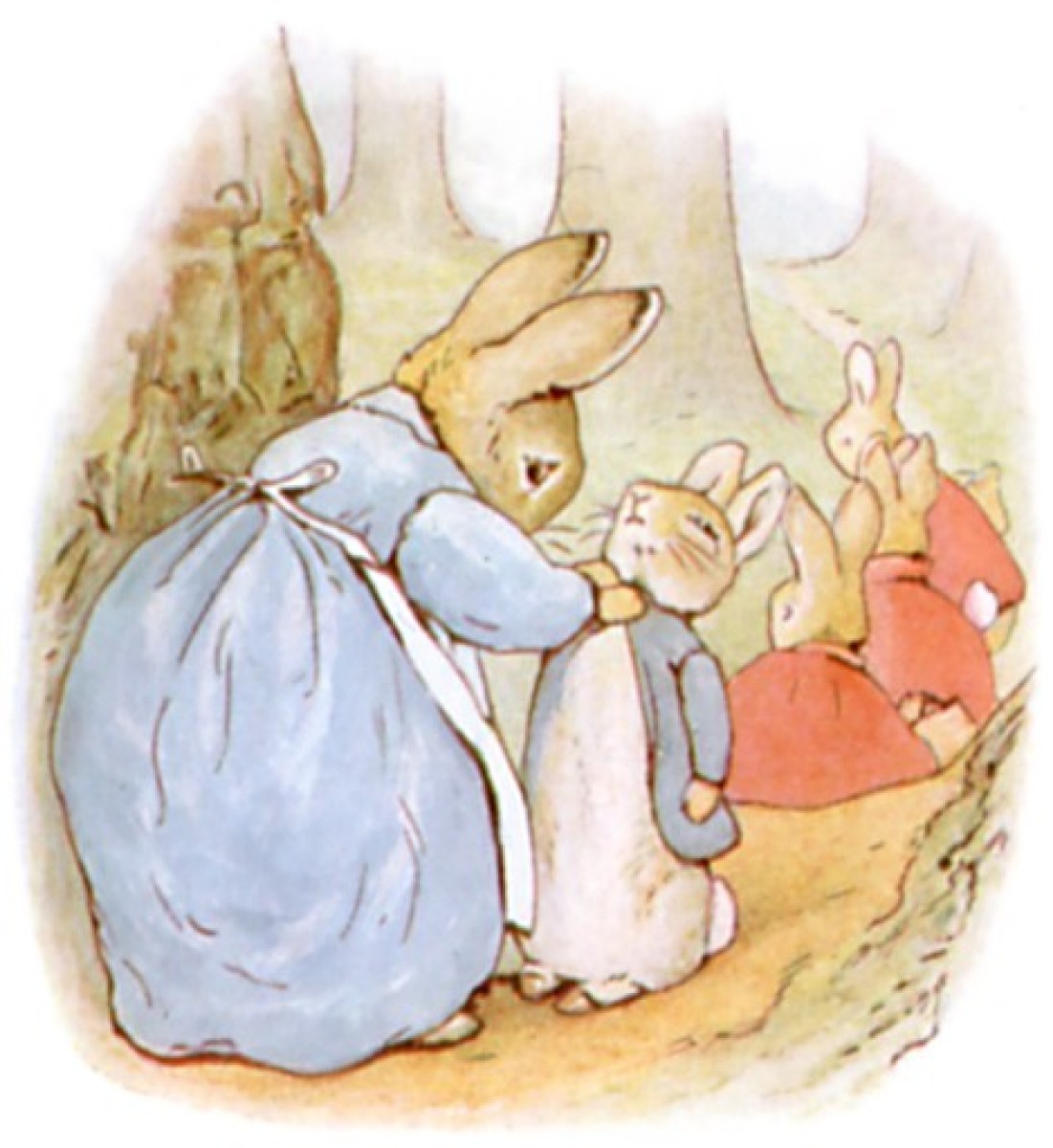The tale of Beatrix Potter’s long-eared bat
Take a look at one of the 20 watercolour paintings by British artists from the late 18th to early 20th centuries.

Lush landscapes, spectacular sunsets and charming character studies are just some of the subjects included in British Watercolours from J.M.W. Turner to Beatrix Potter. Featuring 20 watercolours by British artists from the late 18th to early 20th centuries, this exhibition pays homage to the simple—yet surprisingly complex—technique that’s still widely loved today.
Helen Beatrix Potter was born in 1866 in London, England, and took up drawing at an early age, observing plants and insects with a keen eye for detail. The Potters kept a menagerie of pets—rabbits, mice, frogs, snakes, lizards and bats—and the budding artist, along with her brother Bertram, often made sketches of them. When Bertram went to boarding school, he left a pair of long-eared bats in his sister’s care. One of these unusual creatures is the subject of Study of the head of a bat, full face (1888), a small but compelling watercolour painting over traces of charcoal drawing. This careful study of a bat’s head is a reminder that watercolour was widely used for scientific drawing and book illustration. Potter is known for both.
Although Potter made many drawings from nature, most of us are more familiar with her book illustrations. Before Mickey Mouse and Winnie the Pooh, kids were enamoured with another clothed anthropomorphic character. Potter is best known as the author and illustrator of The Tale of Peter Rabbit (1902), a children’s story featuring a mischievous young rabbit’s adventures into the garden of the human villain Mr. McGregor. In keeping with a pattern of taking inspiration from her own life, Peter Rabbit was named after one of Potter’s childhood pets.
Along with Peter Rabbit, Potter published more than 20 other children’s books throughout her career, featuring characters such as Squirrel Nutkin, Benjamin Bunny and Timmy Tiptoes. While Potter’s tales offer a more whimsical interpretation of nature, Study of the head of a bat, full face showcases the artist’s powers of close observation.
Fine brush strokes denote individual hairs on the head of this tiny one-eyed bat. He or she stares confidently out at us and, although it is not recorded, we suspect the artist may have named her pet. What do you think this exceptional little creature might have been called?
Study of the head of a bat, full face was purchased by the AGO in 1991 with the Gallery’s special Trier-Fodor Fund, a fund used to purchase satirical and illustrative artworks. It is a proud acquisition of ours—and certainly a delight to view a different side of Beatrix Potter.
Looking for more art news from the AGO and beyond? Stay tuned to the AGOinsider.

